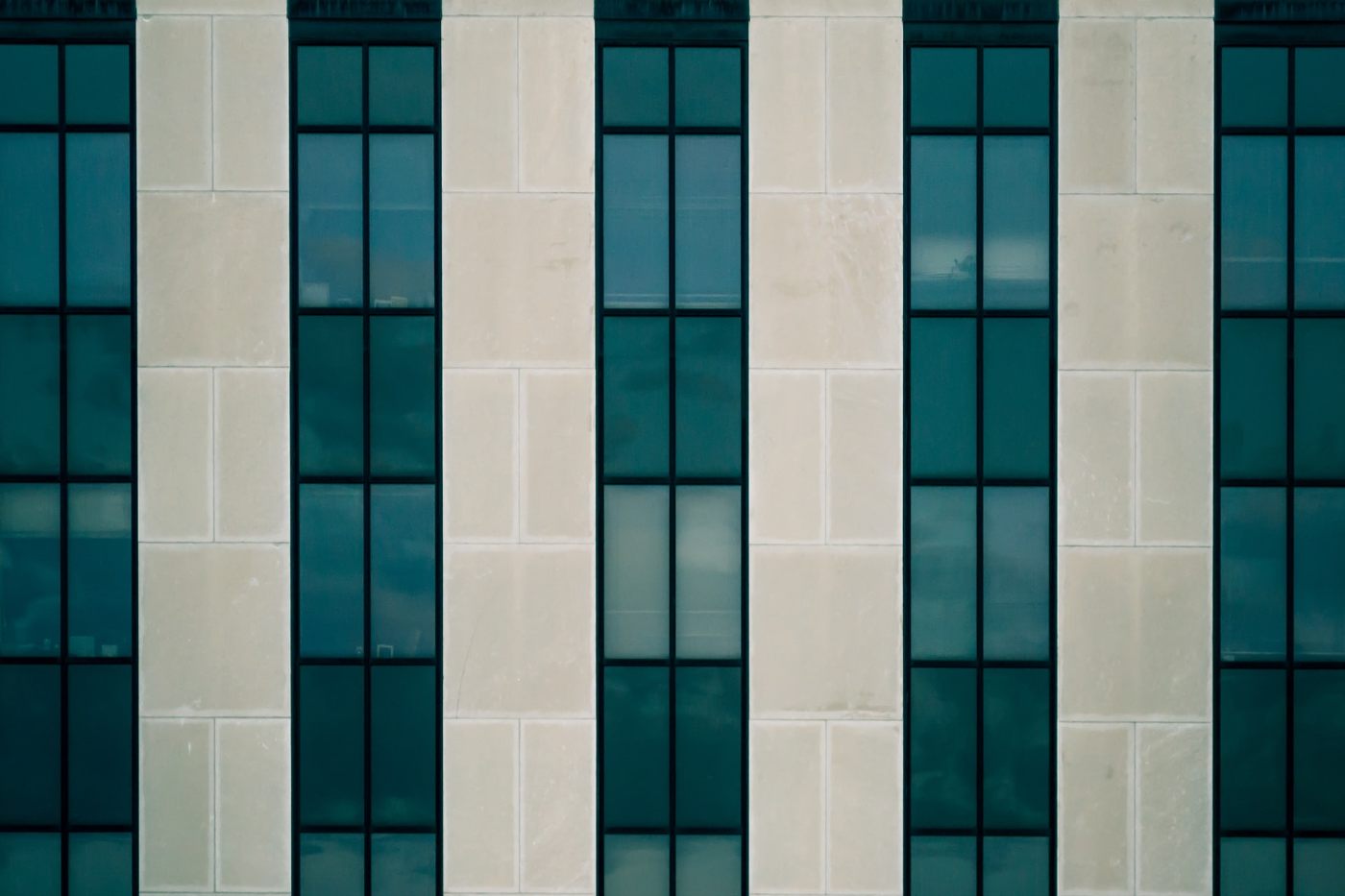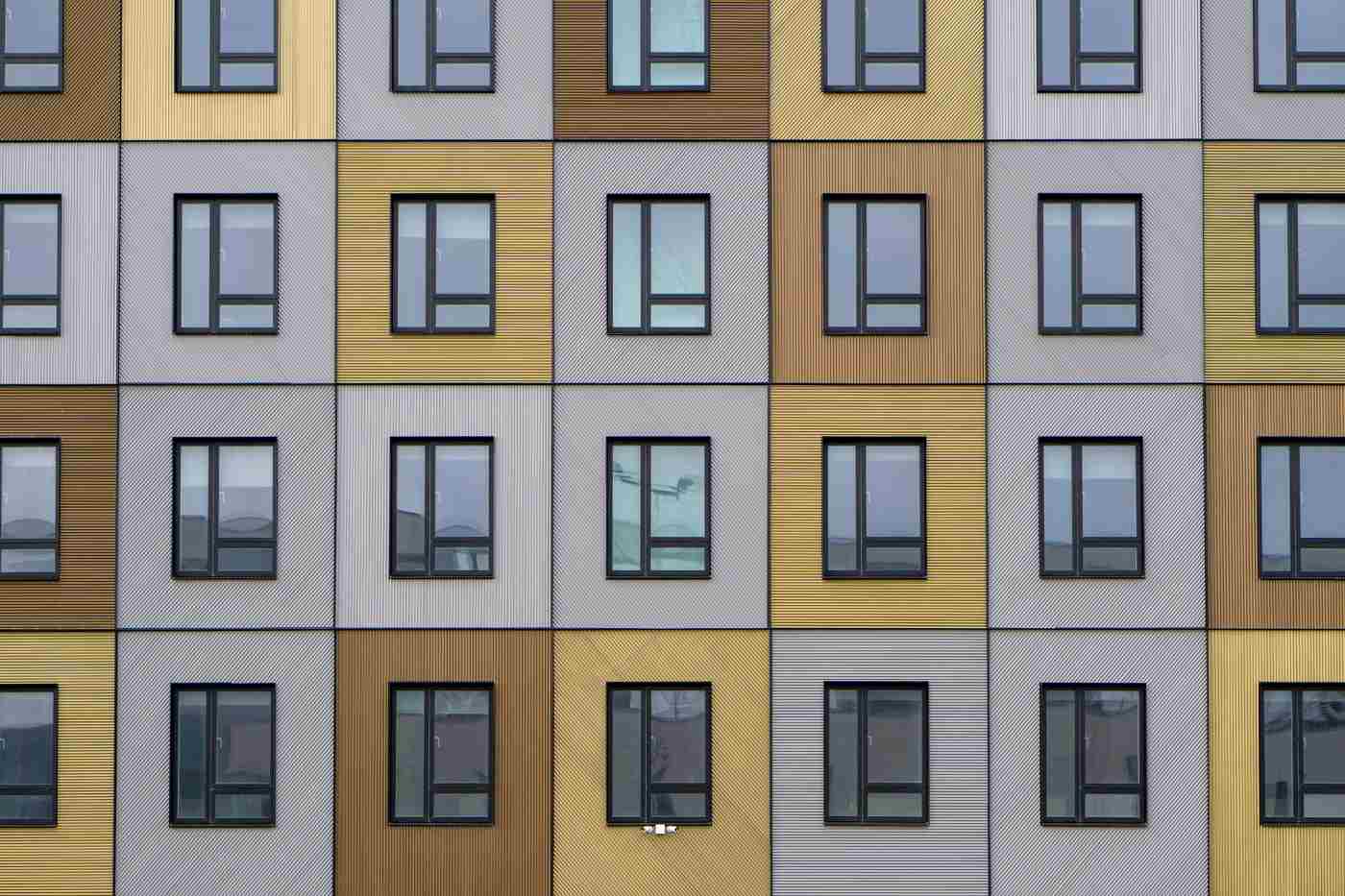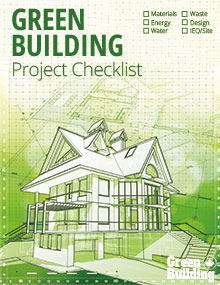Every so often over the course of architectural history, windows have a moment. And while we’re not currently witnessing the aesthetic heights of the Gothic cathedral era, we are witnessing big evolutions in window technology.
Where once windows were a decided weak spot in a home’s building envelope, the technology has advanced such that windows can now be a real ally in building high-performing homes.
This post will focus on low-e glass: what it is, why you might want it, why you might pass on it and what you should consider about it.
What is Low-E Glass?
Low-e stands for low emissivity. The term applies to window glass that’s been treated in order to limit how much heat passes through it. Here’s how it works.
Low-e glass has been coated with an extremely (microscopically) thin layer of silver, zinc or indium tin oxide. Although we can’t see it, this layer is reflective, and it causes infrared and ultraviolet rays to bounce back where they came from.
The coatings don’t impact the amount of visible light that can enter a room. Limiting infrared light that passes through the window, however, allows the coating to limit the amount of heat transfer that occurs between a home and the outside world.
Infrared light heats things up. Those warm, sunny patches on our floors that our cats bask in are the result of infrared light passing through ordinary window panes. It’s great for cats, but less good for our energy bills in the summer.
With a low-e coating, a window can reflect solar energy back outside and keep the air heated and cooled by our HVAC systems where it belongs, in our homes.
The Pros of Low-E Glass
Here are some of the strongest reasons why people might want to invest in low-e glass.
Energy Efficiency
Energy efficiency is the biggest pro of investing in low-e windows. Heat transfer through an ordinary window is like a two-way street—the sun’s rays can warm a room, but heat can also escape from that room by warming the glass, which will allow that energy to pass through to the outside.
That might not be such a big deal in certain months in certain parts of the country, but in winter, if your windows and doors in Regina are bleeding heat, that’s obviously less than ideal for your comfort, your home and your pocketbook.
UV Light Blockage
Excessive UV rays aren’t great for people and they aren’t great for fabrics or finishings, either. Over time, exposure to UV light can fade interior furnishings like rugs, curtains, sofas, chairs and artwork.
Since low-e glass reduces the amount of UV light that enters a home, your furnishings, especially those made of fabric, should see a longer life and less fading and damage.
Long-Term Cost Savings
Low-e windows will reduce energy bills, which could save you money in the long run. The U.S. Department of Energy Efficiency and Renewable Energy states that low-e windows “can reduce window energy use by 30-40%.”
Given that windows, doors and skylights can be responsible for up to 25% of a home’s energy loss, according to NRCan, that might make this a worthwhile purchase, depending on the age and condition of your current windows.
The Cons of Low-E Glass

It’s not all upsides for low-e glass, however, so let’s consider some common reasons why it might not be the best fit for you and your home.
Cost
The first disadvantage is cost. Windows with low-e glass are more expensive, plain and simple. In the online magazine Buildings, Energy Manager Steve DeBusk states that the ROI for low-e windows “tends to be in the 20- to 30-year range” simply for glass replacement and not even for the replacement of entire windows.
And while these windows will reduce utility bills, the reductions could be very slight, depending on the windows you’re replacing. If you have perfectly serviceable double-pane windows already, low-e glass probably won’t make a dramatic difference.
Cell Signals
Another disadvantage is the effect low-e glass has on cell phone reception. The metallic coatings applied to low-e glass don’t just block infrared and ultraviolet rays—they block radio-frequency signals, as well.
While the blocking effects will probably be more like a dip in reception than an outright stoppage, this might still be a consideration if you live a tech-heavy home life.
Visibility
Low-e glass isn’t perfectly transparent. It does reflect some light, and as such, can give the window a slight blue-green colour. This glass can also give the window a bit of a haze. That haze isn’t a functional problem, but it might be an aesthetic one for you.
Other Technical Considerations
There are two types of glass coatings that you should know about because they might have an impact on your purchasing decision: passive low-e coatings and solar control low-e coatings.
Windows with passive coatings allow more solar energy to radiate through, which means they’re less good at insulating, but better for passive heating. If your windows are large and south-facing and you live in a colder climate, these might be a good option because you’ll be able to use some solar energy to heat your home when you need it most.
Solar control coatings are a better insulator because they let less radiant energy through. If hot summers are an issue for you, or if your windows aren’t ideally sized or located for passive heating anyway, this option might be worth considering because you’ll lose less conditioned air.
In addition to the type of low-e coating, the placement of the coating itself plays a big role in how the window performs. Manufacturers can apply the coating to different glass surfaces of a double- or triple-pane window to change the way the window operates.
With a double-pane window, for example, a passive low-e coating on the interior surface of the interior pane would maximize the radiant energy the window allows through. A solar control low-e coating placed on the interior surface of the outermost pane would better block solar energy and improve insulation.
Different manufacturers will also have their own coating formulations, so if you end up shopping around for low-e glass, make sure to speak with a few providers to find the brand that works best for you.
Feature image: Pierre Châtel-Innocenti; Image 1: Steve Johnson


